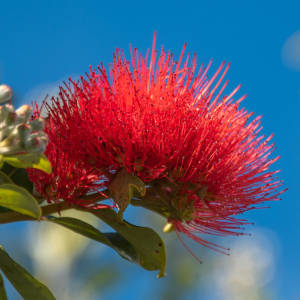A Wee bit of Warmth for a Cold Day
We had a lot of rain over night and this morning there were a few showers still passing by. This afternoon the sun showed its face for a while. There still is a odd shower passing by and it is very cold. I have only been out in the garden to get a few shots and went straight back inside again. Even the cat doesn't want to go outside!
Intrigue, Thievery and Heart Break… it's all in the History of the Tulip
The history of the Tulip is filled with intrigue, skulduggery, thievery, instant fortunes and broken hearts. And, although these flowers are synonymous with the Dutch, Tulips did not originate in the Netherlands nor were the Dutch always at the forefront of breeding these beauties. The Dutch obsession with Tulips belongs to the relatively recent history of the Tulip.
If only Tulips could talk, they'd tell many interesting and twisted tales about their history. Unfortunately they can't talk which makes tracing their history a "mission impossible" - although many have tried. The attempts to trace the exact history of the Tulip have been thwarted by a lack of reliable documentation over the centuries although art from as early as the 12th century does give some clues.
What historians have been able to establish is that Tulips probably originated thousands of years ago in a 'corridor' which stretches along the 40º latitude between Northern China and Southern Europe.
Tulips are remarkable flowers which seem to have the power to capture hearts (and break them). Although the Dutch Tulipomania is the most famous, Tulips have experienced other periods of "power" in other countries. The first mania occurred way back in 1500's in Turkey - which was the time of the Ottoman Empire and of Sultan Suleiman I (1494-1566). Tulips became highly cultivated blooms, developed for the pleasure of the Sultan and his entourage. During the Turkish reign of Ahmed III (1703-30) it is believed that the Tulip reigned supreme as a symbol of wealth and prestige and the period later became known as 'Age of the Tulips'.
The Turks had strict laws governing the cultivation and sale of Tulips. For example: during the reign of Sultan Ahmed III, it was forbidden to buy or sell tulips outside the capital - a crime punishable by exile (which is a mild punishment compared to torture). It was often commented that, during this time, the tulip was more highly valued than a human life.
It was during the early 1700's that the Turks began what was probably the first of the Tulip Festivals which was held at night during a full moon. Hundreds of exquisite vases were filled with the most breath-taking Tulips, crystal lanterns were used to cast an enchanting light over the gardens whilst aviaries were filled with canaries and nightingales that sang for the guests. Romantically, all guests were required to wear colours which harmonised with the flowers!
For interesting information on the Tulip

Comments
Sign in or get an account to comment.


